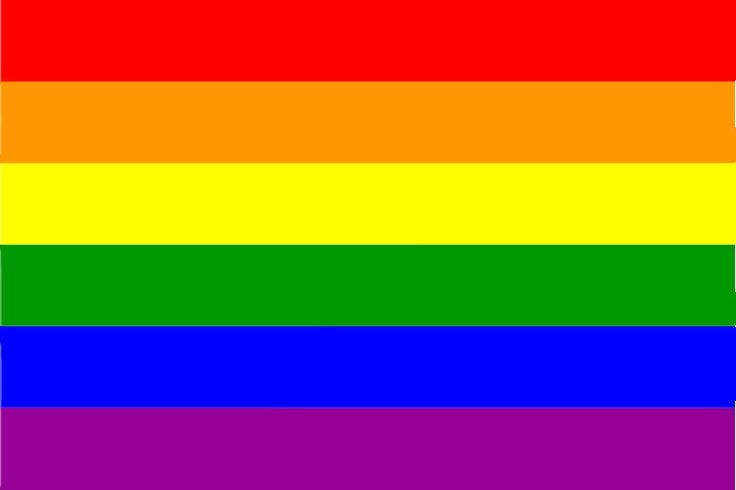
As pride month draws to a close, the insignia of this unsung war burn brighter than ever.
Artefacts imbued with great meaning have risen from the fertile earth of this decades-long struggle. Like the two sides of a coin, there are stories of terrible oppression hidden behind these rich and varied symbols. But over the long, frightening arc of history, beauty always overrides the beast. With tales that ring loud and true years later, the symbols of pride pave the movement’s future.
Lilies
Ito Bungako, the editor of Barazoku (a magazine designed to cater to the LGBT audience in 1970s Japan), introduced the term Yurizoku in 1976 to refer to the magazine’s predominantly female audience. The word literally means lily tribe, which is speculated to have its origin in the word Yuri from the Yuri genre of the Romantic era of Japanese literature. It painted vivid and passionate scenes of love between females rooted in deep emotional connections that blossomed into eternal beauty and sacred purity. The significance of lilies in the community is also rooted in Greek mythology. Hera’s milk gives birth to lilies at the exact spot where it spills, symbolising untainted femininity.
Lavender Rhinoceros
Artists Thaxton and Toale designed the lavender rhinoceros, which was supposed to be featured in the early Gay Pride/Visibility campaign ads in Boston in the 1970s.
They faced retaliation from the starched shirts of the Metro Transit Authority of New York City in the form of absurdly unfair high costs compared to similar adverts. Gay Media Action, a company which advertised to increase the visibility of the gay community in Boston, responded fervently by sending hundreds of letters to the authorities and even hiring lawyers to bring the case to court.
However, the media authorities refused to back down. In June of 1974, Boston Pride featured members and allies of the LGBTQ community wearing the lavender rhinoceros on their clothing.
A colossal paper-mache rhinoceros was crafted to portray an animal that the artists considered a “maligned and misunderstood” animal with an almost grey-lavender coloured pelt.
Pink Triangles
The history of the pink triangle has a dark and horrifying past, originating in the harrowing laws exercised by Nazi Germany.
An equilateral, downward-pointing pink triangle identified “unnatural” homosexuals, bisexual men, and transgender women, while a black triangle was assigned to “asocials”, referring to lesbian, bisexual women and transgender men in Nazi Germany.
However, the symbol was reclaimed by survivors of the concentration camps who wore it to commemorate those killed by a regime that aimed to annihilate the “undesirable”.
ACT UP, an AIDS activism association that was established by six gay men, held marches and protests all across the country to demand cheaper life-saving drugs and to undo the injustice the community faced during the pandemic.
They proudly painted pink triangles on cardboard posters and cotton shirts while fighting for their lives on the streets of cities from New York to Los Angeles.
Purple Hand
On October 31, 1969, members of the Gay Liberation Front organised a peaceful protest in front of the offices of the San Francisco Examiner.
The news outlet had published articles which insulted and mocked gay bars and clubs. These snide comments sparked the need to speak up against the homophobia which plagued media and politics.
In response, the office workers dumped printer ink on the protesters below, and the protest turned into pandemonium.
Slogans were graffitied onto the walls, and purple hands were stamped on the windows of buildings in downtown San Francisco.
The day was known as the “Friday of the Purple Hand” and is considered one of the most visible demonstrations of the power of the LGBTQ community in the United States.
A-spec symbols
The ace ring, a plain black ring worn on the right middle finger, symbolises asexuality, a sexual orientation characterised by a lack of sexual attraction to others or low interest in such activities.
The idea sprouted in the minds of young asexual individuals around 2005. Since then, the rings have served as reminders of how far the community has come.
The white ring is a symbol worn on the left middle finger to signify aromanticism. It refers to a romantic orientation characterised by little or no amorous affiliation towards others.
This symbol didn’t exist until 2015, when the community felt unnoticed and neglected in the fight for inclusion.
Gender Symbols
Male and Female gender symbols were derived from the astronomical symbols for Mars and Venus, respectively. Carl Linnaeus first used these planetary symbols to represent the female and male sex.
Following this, it was the norm for sex representation by many biologists. The
interlocking female characters represent a lesbian or the community, and the interlocking male symbols represent a gay male or the gay community.
These symbols first started making their appearance in the 1970s. The combined female and male symbols are the most common symbol for the transgender community. When combined with the male and female symbols, it is
said to stand for gender inclusivity.
Lambda
During the peak of the Stonewall Rebellions in the 1970s, Graphic Designer Tom Doerr selected “Lambda” as the symbol for the New York chapter of the Gay Activists’ Alliance. Tom specifically chose it with its chemistry and physics relevance in mind.
Soon, this symbol for gay liberation was announced as the official symbol for gay and lesbian rights by the International Gay Rights Congress in Edinburgh, Scotland.
Green Carnation
One day in 1892, Oscar Wilde instructed a handful of friends to wear green carnations on their lapels for the opening night of Lady Windermere’s Fan, a comedy by Oscar Wilde.
Since that day, a green carnation has been a subtle symbol of your homosexuality. Unfortunately, Oscar Wilde was put on trial for “gross indecency” in 1895 after his relationship with a British aristocrat became public.
Roses
“Give us our roses while we’re still here” is a phrase that B. Parker popularised. Roses are seen as a symbol of grieving for all the trans lives that were taken away just for existing. This phrase was the rallying cry during the Trans Day Of Remembrance as a reminder to celebrate trans women of colour during their lives rather than to mourn them when they are gone.
In other more positive examples, roses symbolise ultimate love of all kinds. Barazoku is The oldest Japanese gay magazine translated to the “rose tribe”. Therefore, Rose became a symbol for gay men in the 1970s.
Violets
The ancient Greek poet Sappho, from the Isle of lesbos, started featuring violets in her erotic and romantic poetry to symbolise female love. It is from her that the terms “Sapphic” and “Lesbians” originated to describe female homosexuality.
In the 1975 Broadway play “The Captive”, which follows two lesbian lovers, one sends a basket of violets to symbolise love. This caused a public uproar, which led to the play being shut down in France before its final act. It even led to a crash in violet sales across florists in the United States!
As an eventful month comes to an end, we hope these previously innocuous symbols hold greater meaning in your hearts. As a struggle against fascism, they’re uproariously creative and endlessly dynamic. But the common message, as with all symbols, is the singular importance of standing for something.
Written by: Vaishnavi and Aarthika Srinivasan for MTTN
Edited by: Arjun Khade for MTTN
Featured Images By: Various artists on Pinterest
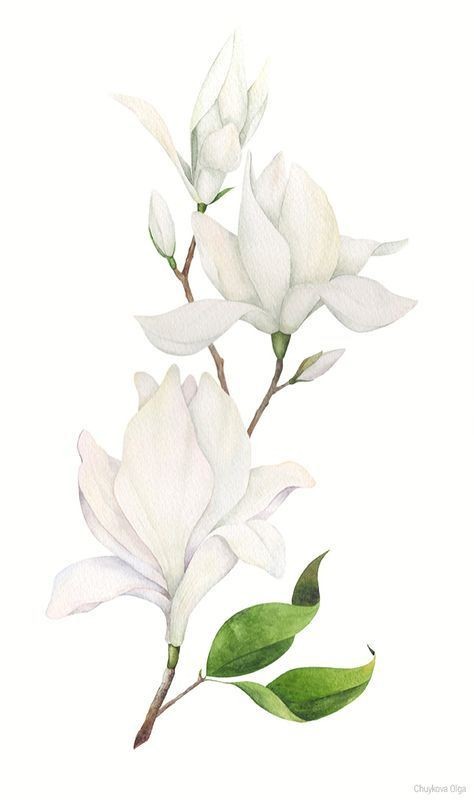
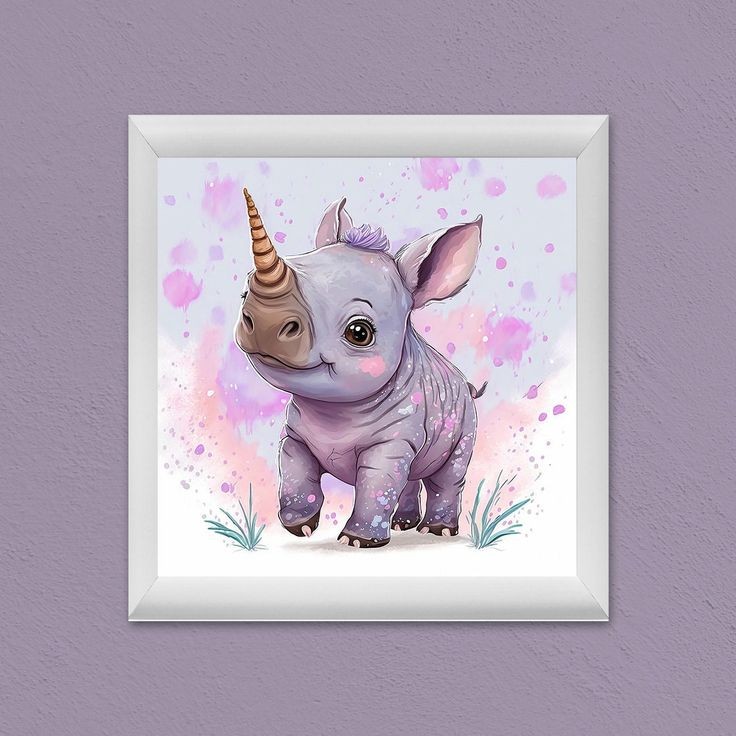
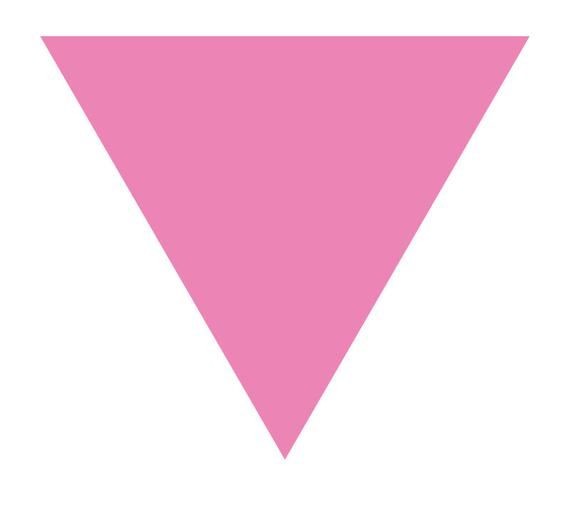
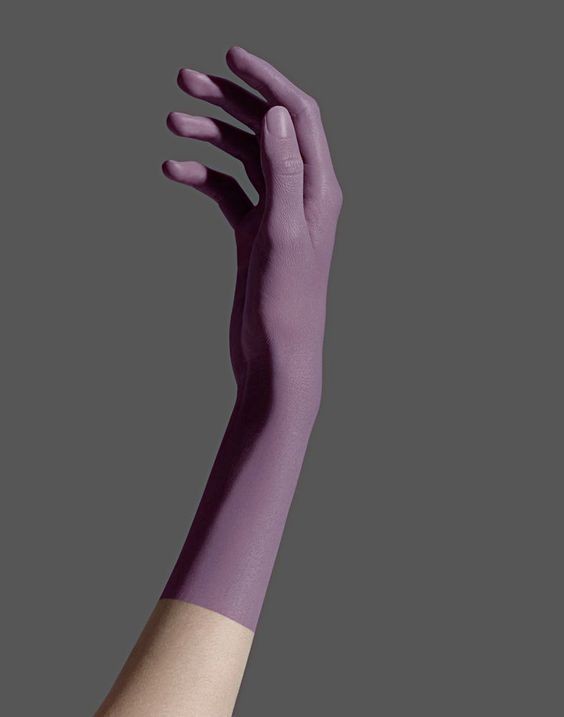
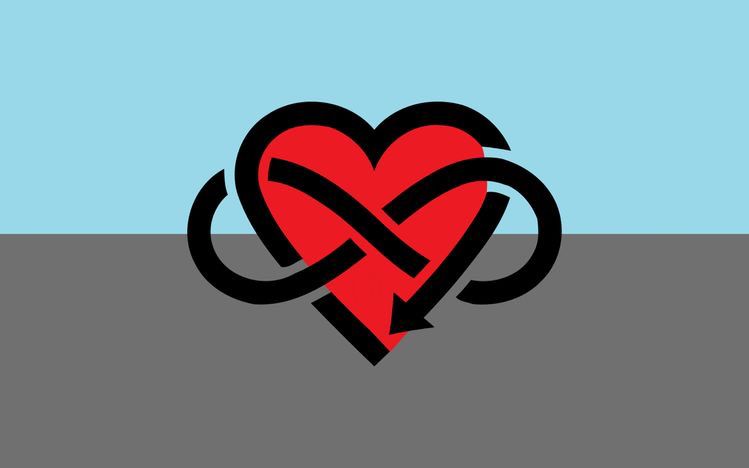
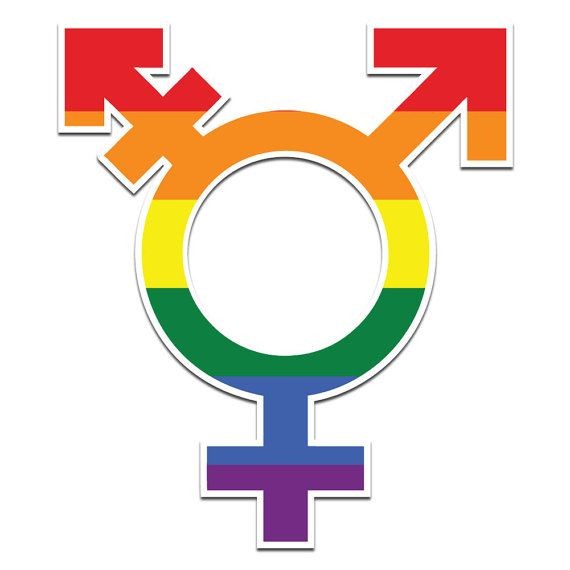
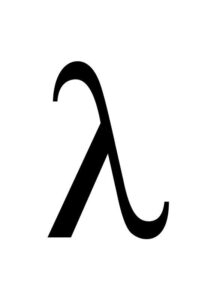
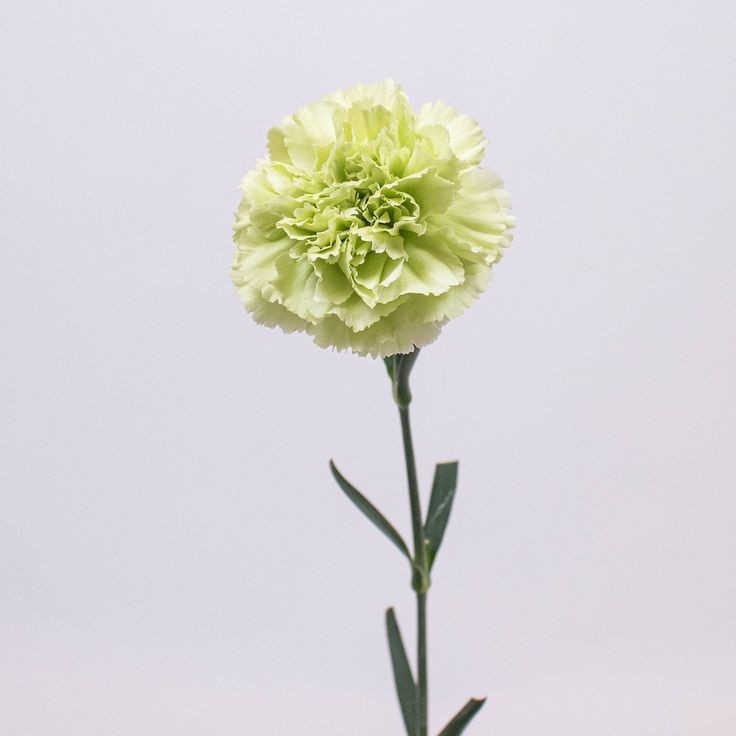
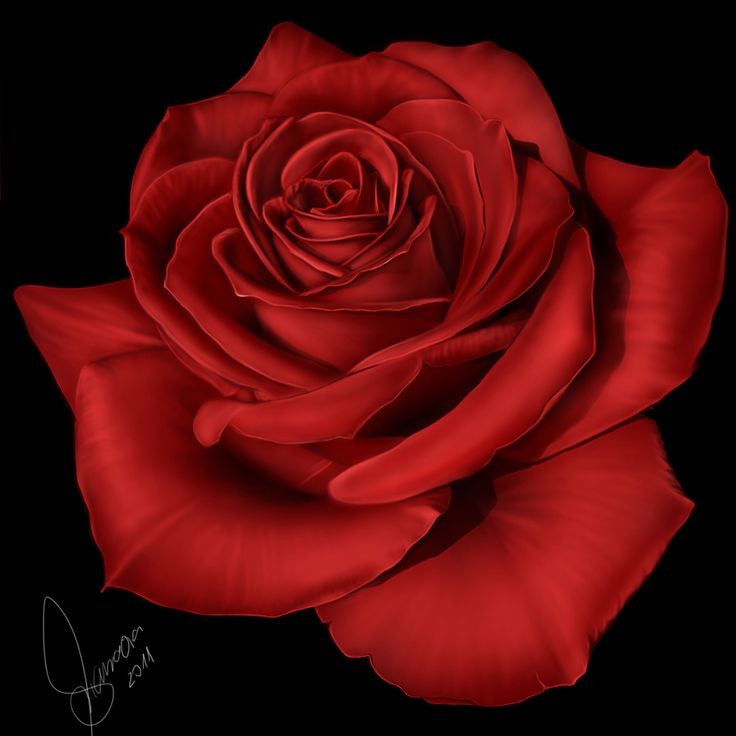
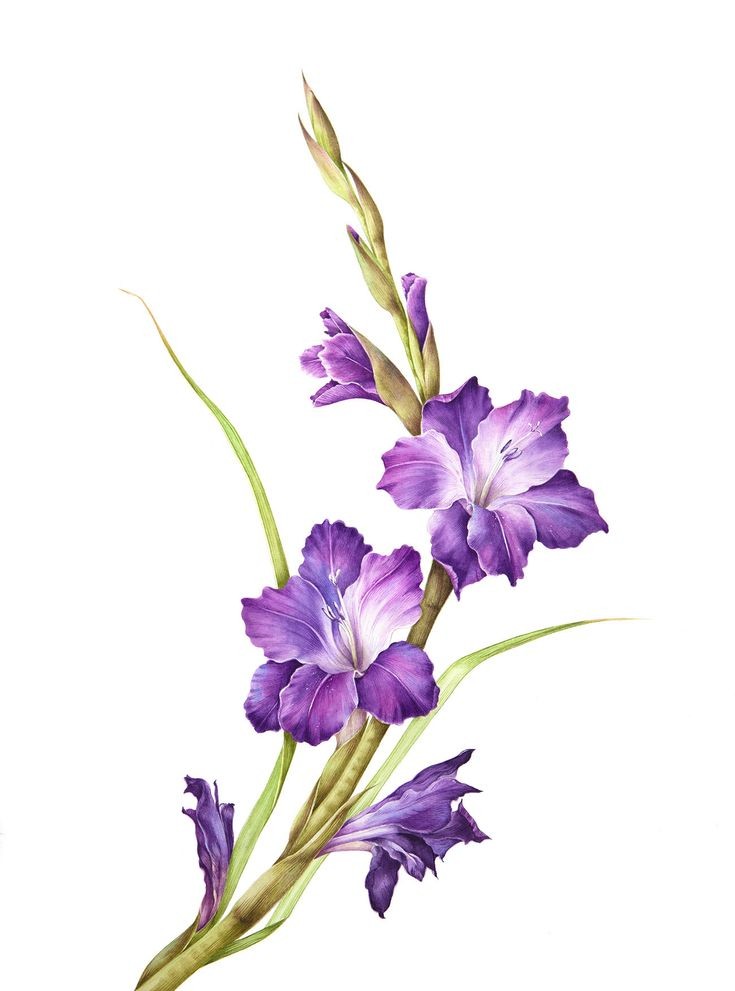
Leave a Reply
You must be logged in to post a comment.